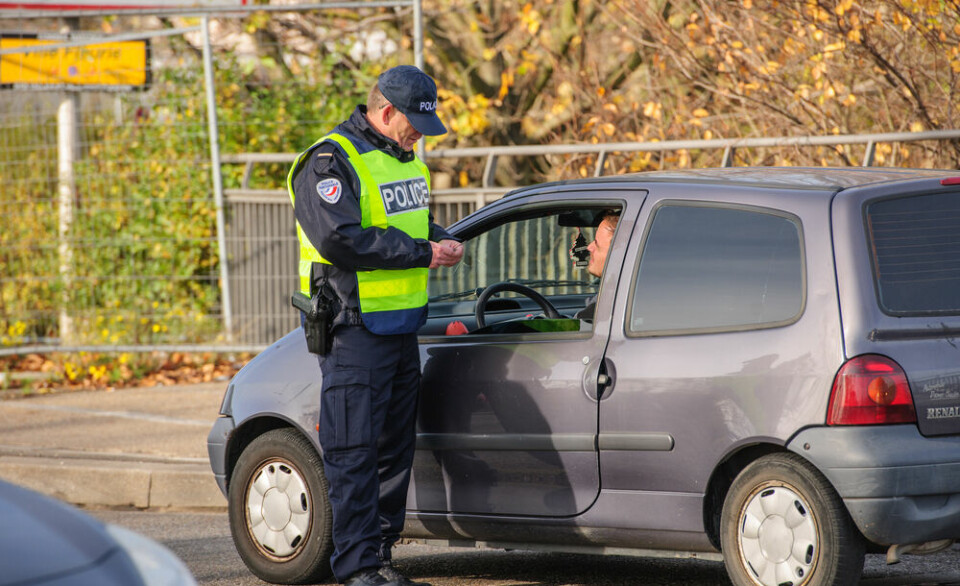What are the rules for driving a mobility scooter in France?
The regulations can vary dependent upon the vehicle’s maximum speed
Some mobility scooters have a capped speed of 6km/h
Scharfsinn/Shutterstock
Reader Question: My neighbour (also British) has imported a mobility scooter to use in our village. Does she need a carte grise for the vehicle, and does it need to be insured in a special way? These vehicles seem to be rare in France.
Your observation is correct that these vehicles – known as véhicules pour personne handicapée or scooters électrique pour personnes à mobilité réduite – are rare in France.
Many people who drive such a vehicle have imported it.
The exact rules depend on the speed of the vehicle, but they do not require a certificat d'immatriculation (formerly carte grise) if the maximum speed is 25km/h or less – which is the case for almost all mobility scooters.
If it has a maximum speed of 6km/h or less, then there are no specific road rules – users are treated as pedestrians, both in terms of road rules and where they can go.
Mobility scooters must be used in the same way as manual wheelchairs – on pavements and paths, but not on the road unless the path is inaccessible.
When users are forced to drive on the road, they should remain as close to the pavement as possible and return to it as soon as they can.
Safety equipment such as reflective lighting is recommended but not mandatory.
Faster scooters classified differently
Mobility scooters which go faster than this are subject to the same rules as mopeds.
Those born before January 16, 1988 do not need a licence to drive vehicles of this category, but people born after this date require either an A1 licence or a brevet de sécurité routière (BSR) qualification and to attend a course about the Highway Code at a local training centre.
Read more: Can non-French citizens drive licence-free cars?
Faster vehicles still follow pedestrian rules if going less than 6km/h. This means that if your scooter has a maximum speed of 12km/h, but you are going 5km/h, you will be treated as a pedestrian, and as such should not drive it on the road.
It is recommended to stay below 6km/h on the pavement, however, if travelling above 6km/h, you are allowed to use your vehicle on the certain roads, but should be alert to traffic conditions.
Vehicles on the road will also need to have the same safety features as other light mopeds and light four-wheeled motorised vehicles, if wider than 1.30m:
one or two high beam headlamps
one or two low-beam headlamps at the front
one or two front position lamps
a position light emitting a non-glare red light towards the rear
at least one rear retro-reflector (two if the vehicle width exceeds 1m)
Some roads are completely off-limits to mobility scooters, particularly those which lead onto larger roads such as motorways. Roads with a C107 sign are inaccessible.
Disabled vehicles can often use bicycle lanes, and are even encouraged to do so in some communes, but this depends on your location. It is advised to check with local authorities what the rules are near you.
These rules apply to vehicles going up to 25km/h – above this speed a carte grise is required.
Read more: Are UK ‘disabled’ blue badges valid in France?
Is insurance required?
It is necessary to insure all motorised vehicles in France, including mobility scooters, with at least third-party insurance in the case of an accident or damage.
In some cases, mobility scooters are covered under your general house insurance policy if they have a capped speed of 6km/h or less.
Specific policies are available for mobility scooters if your home insurance does not cover this.
These policies can cover theft, vandalism, and natural disaster damage, as well as breakdown assistance, including towing your mobility scooter away if it is badly damaged.
Read more: Is there a service to help disabled people use French public transport?





























